Welcome to DU!
The truly grassroots left-of-center political community where regular people, not algorithms, drive the discussions and set the standards.
Join the community:
Create a free account
Support DU (and get rid of ads!):
Become a Star Member
Latest Breaking News
General Discussion
The DU Lounge
All Forums
Issue Forums
Culture Forums
Alliance Forums
Region Forums
Support Forums
Help & Search
General Discussion
Related: Editorials & Other Articles, Issue Forums, Alliance Forums, Region ForumsGraphic viral images of dying wolves spur debate
Last edited Thu Oct 10, 2013, 07:11 PM - Edit history (1)
http://www.digitaljournal.com/article/359926Images of dead, dying, and injured wolves circulating on Facebook have caused an outcry of opposition and an increase in the number of those visibly opposing wolf hunting and trapping.
In perhaps the most bizarre twist, these images were not originally circulated by activists in hopes of showing an apparent brutality of trapping, but by hunters showing off their trophies. In what may prove a game-changer in the debate over the future of America’s wolves, the images have been seized upon by wolf advocates.
This is not the first time an image of legal wolf hunting has caused an outcry. In 2012, a Missoula-based anti-trapping group reportedly received an email threatening the lives of their children after posting an image of a dying wolf caught in a foot trap along with forestry employee Josh Brandsford. The graphic image is available here. Discretion is advised.
The images circulating on Facebook have been linked. A description has been provided for each image. The images are linked rather than posted directly due to their graphic in nature. Discretion is advised.
------------------------------------------
http://www.sandiegolovesgreen.com/science-speaks-for-wolves/
SCIENCE SPEAKS FOR WOLVES
There was a time when wolves lived in every part of North America. Today, they are a mere shadow of their former numbers, found in less than 10% of their historic range. Despite this, the U.S. Fish and Wildlife Service (the Service) recently proposed to remove the gray wolf from the list of threatened and endangered species. This premature and misguided proposal comes at a time when gray wolf recovery is incomplete and fails to incorporate sound science, bioethics, and public opinion.
[URL=
 .html][IMG]
.html][IMG]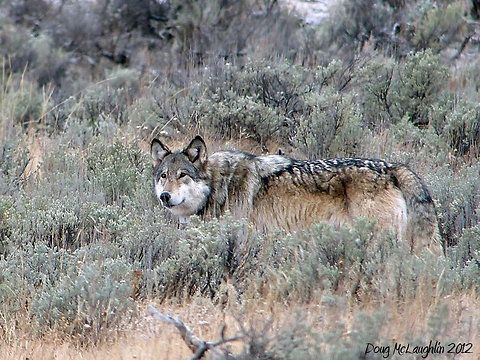 [/IMG][/URL]
[/IMG][/URL]
The Endangered Species Act (ESA) requires that listed species are recovered such that they no longer meet the definitions of “threatened” or “endangered” and are no longer in danger of extinction now or in the foreseeable future. This is clearly not the case. The original intent of the ESA to recover endangered species and the ecosystems upon which they depend is not reflected in the decision to delist gray wolves when only a fraction of suitable habitat is occupied by wolves throughout the United States. Despite significant gains for wolves under ESA protection, from the reintroduction of wolves to Yellowstone and throughout the Northern Rockies to the recovery of populations in the western Great Lakes states, wolf recovery is far from over. Scientists caution that wolves need connected populations for genetic sustainability. Delisting could prevent the return of wolves to California, Colorado and Utah where scientists have determined there is excellent suitable habitat.
Wildlife policy decisions should be based on the best available, peer-reviewed science in order to ensure decisions are based on scientifically sound data, assumptions, and analyses. The Service has based its decision on a biologically inadequate recovery standard. Scientific evidence does not support the claim that federal protection for wolves is no longer necessary, but rather that they’ve just begun to recover as they face increased killing in Idaho, Montana, and Wyoming.
In a letter written to Secretary of the Interior Sally Jewell in May 2013, a collective of esteemed scientists, including Dr. Bradley Bergstrom, Project Coyote Science Advisory Board member, expressed their serious concerns with the delisting proposal. The scientists, many of whom were responsible for the research referenced in the proposal, cautioned the decision makers:
“The gray wolf has barely begun to recover or is absent from significant portions of its former range where substantial suitable habitat remains. The Service’s draft rule fails to consider science identifying extensive suitable habitat in the Pacific Northwest, California, the southern Rocky Mountains and the Northeast. It also fails to consider the importance of these areas to the long-term survival and recovery of wolves, or the importance of wolves to the ecosystems of these regions.”
In a new study published in the journal Conservation Biology (Carroll 2013) researchers have found recovery of gray wolves in the western US may depend on wolves being able to successfully disperse between widely separated populations. According to Dr. Carlos Carroll of the Klamath Center for Conservation Research, “This study is the first time that scientists have taken a detailed look at what biology suggests is needed for long-term wolf recovery. Our findings imply that we can’t restore formerly widely-distributed species like the wolf to isolated populations in a few parks and expect them to remain genetically healthy.”
In an analysis of wolf DNA, UCLA ecologist and evolutionary biologist Robert Wayne found mitochondrial DNA from pre-extermination wolves had twice the genetic diversity compared to DNA from wolves today (Woolston 2013). According to Wayne, wolves need broad ranges and large populations to return to the healthy levels of genetic diversity found historically. These findings have direct implications for the current proposal to remove federal protection for wolves, effectively challenging the proposal.
The benefits of wolves on complex ecological systems have been documented in numerous studies. As a keystone species, the wolf’s presence is critical to maintaining the structure and integrity of healthy and balanced native ecosystems. In Yellowstone National Park, landscape health is being restored, as documented in multiple studies. Furthermore, a growing body of scientific literature supports the claim that top predators like wolves play critical roles in maintaining a diversity of wildlife species, benefitting songbirds, fish, and beavers, only to name a few.
[URL=
 .html][IMG]
.html][IMG]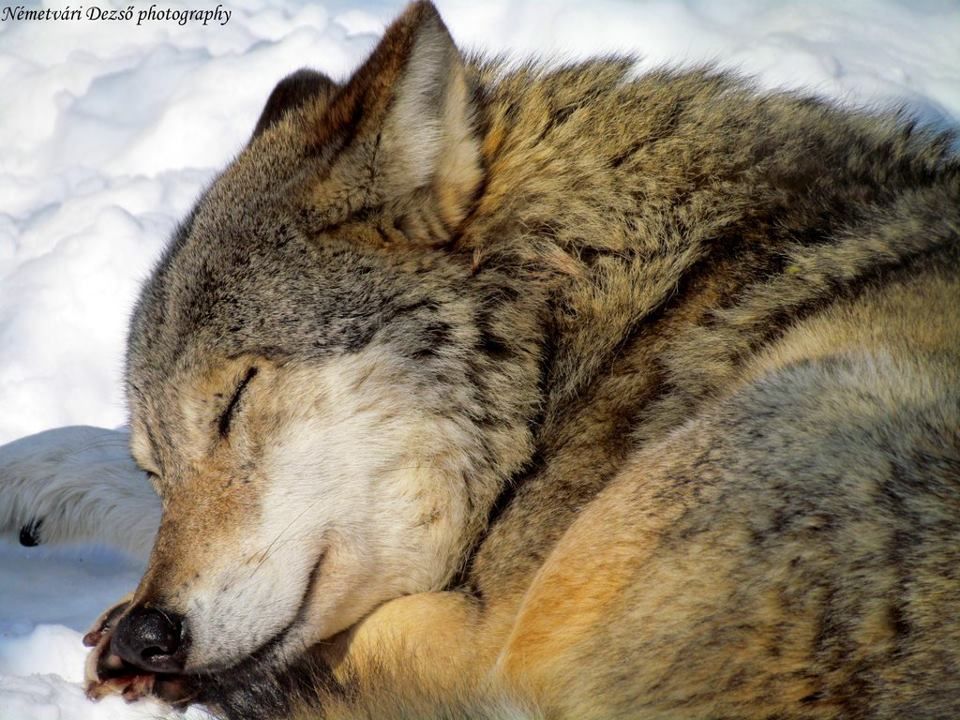 [/IMG][/URL]
[/IMG][/URL]
--more--
Many of us have been discussing and reacting to USFWS's nationwide gray wolf delisting proposal for months. For those who have yet to learn about the proposal and the implications it will have and wolves and other other imperiled species, this article gives an excellent overview - http://bit.ly/15YY23F
Please forward to all you would like to become informed and please encourage them to #StandForWolves by submitting their comment before Oct 28 via this link: http://1.usa.gov/1hxFtZC
http://www.nytimes.com/2012/09/29/opinion/the-world-needs-wolves.html
Why the Beaver Should Thank the Wolf
By MARY ELLEN HANNIBAL
[URL=
 .html][IMG]
.html][IMG]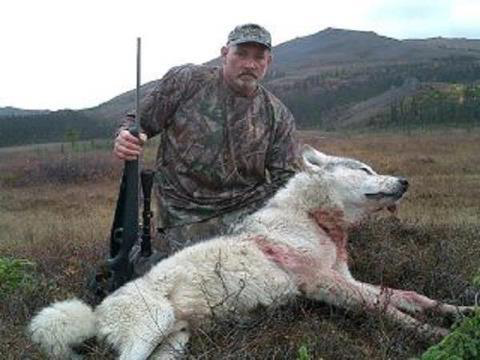 [/IMG][/URL]
[/IMG][/URL]
M
[URL=
 .html][IMG]
.html][IMG]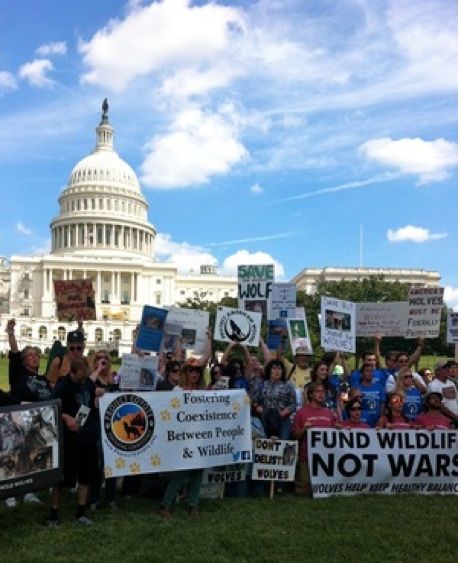 [/IMG][/URL]
[/IMG][/URL]
http://www.digitaljournal.com/article/359034
625 wolves left in Montana, over 6000 permits to hunt them issued
By Justin King
Sep 25, 2013
Conservation groups are in an uproar over Montana’s decision to issue over 6000 permits to hunt the last 625 remaining wolves in the state. In addition to 6000 permits, the state loosened regulations governing the hunting of the animals.
This year, the fee for a license to kill a wolf in the state of Montana was dropped to only $19. Each hunter is allowed to kill up to five wolves, and the period in which they are hunted has been extended.
At the beginning of this year, there were only 625 wolves in Montana, a slight drop from the year before. If only 2.1% of hunters issued a permit this year reach their bag limit, the wolf will disappear from Montana altogether. As wolves are pack animals, a single hunter will likely be able to kill several wolves in a single trip.
In the 1990s, wolves in Montana were hunted to the point that Canadian wolves had to be brought in to supplement the numbers. State officials have decided to drive down the number of wolves in the state, though have not set a clear plan on the number where they would like the population’s numbers.
In stark contrast, neighboring Wyoming, which boasts roughly three times the number of wolves as Montana in a much smaller state, has cut the number of wolves that may be killed before hunting is ceased in half to help make certain the population is protected from over-hunting.
The Center for Biological Diversity released this video today, protesting Montana’s decision.
http://indiancountrytodaymedianetwork.com/2013/10/01/license-kill-michigan-wolf-hunters-snap-nearly-1000-permits-first-30-minutes-sale-151512
License to Kill: Michigan Wolf Hunters Snap Up Nearly 1,000 Permits in First 30 Minutes of Sale
[URL=
 .html][IMG]
.html][IMG]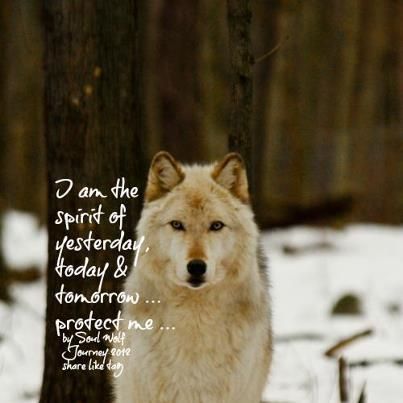 [/IMG][/URL]
[/IMG][/URL]
InfoView thread info, including edit history
TrashPut this thread in your Trash Can (My DU » Trash Can)
BookmarkAdd this thread to your Bookmarks (My DU » Bookmarks)
10 replies, 2883 views
ShareGet links to this post and/or share on social media
AlertAlert this post for a rule violation
PowersThere are no powers you can use on this post
EditCannot edit other people's posts
ReplyReply to this post
EditCannot edit other people's posts
Rec (4)
ReplyReply to this post
10 replies
 = new reply since forum marked as read
Highlight:
NoneDon't highlight anything
5 newestHighlight 5 most recent replies
= new reply since forum marked as read
Highlight:
NoneDon't highlight anything
5 newestHighlight 5 most recent replies
Graphic viral images of dying wolves spur debate (Original Post)
G_j
Oct 2013
OP
Aristus
(66,388 posts)1. Wolves are so beautiful...
...
Bay Boy
(1,689 posts)2. And so dangerous...
...
in what way? It would probably help if you read some of the above material.
Bay Boy
(1,689 posts)6. At least five beagles killed in Upper Michigan wolf attack
G_j
(40,367 posts)10. strange story
No evidence, one dog was found and the owner didn't want him back? just strange
joeybee12
(56,177 posts)4. Not to you or me...they will avoid humans whenever
possible...
neverforget
(9,436 posts)5. Just like bears, mountain lions, rattlesnakes, etc.
Bay Boy
(1,689 posts)7. Yep, I don't want them
in my backyard either.
neverforget
(9,436 posts)8. maybe we should eradicate all wildlife
that's dangerous so we can be safe when we go into their habitat.